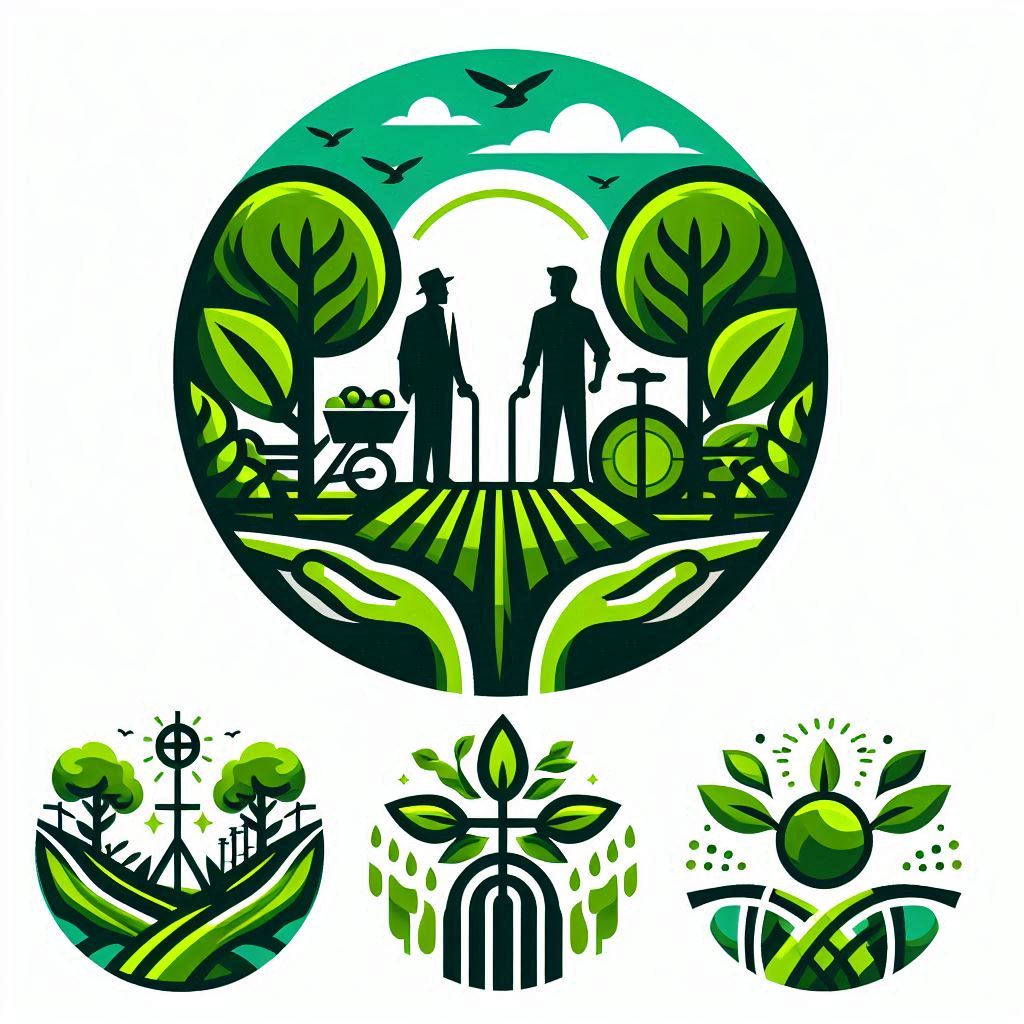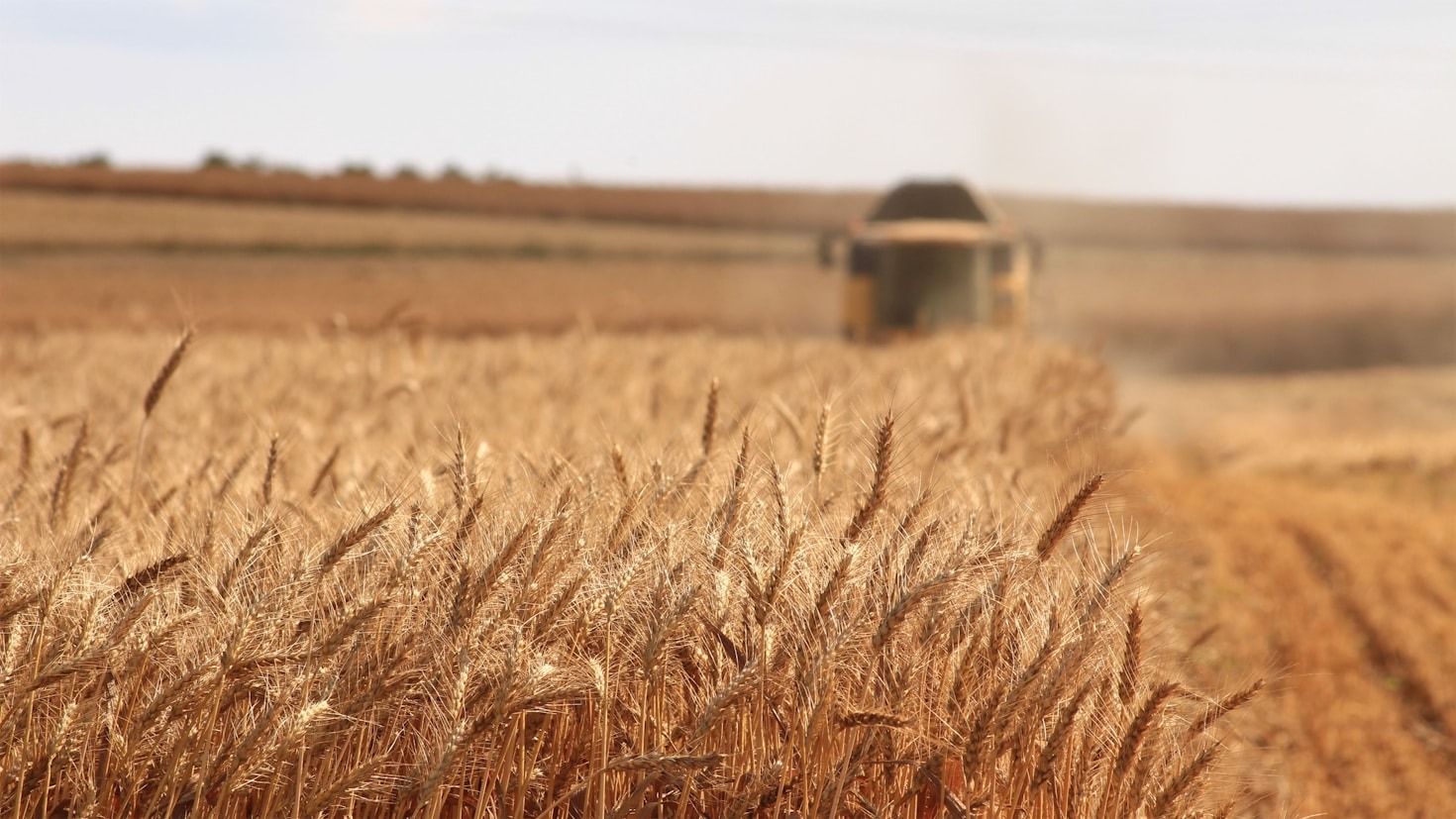Your cart is currently empty!
Sustainable agriculture is more than just a buzzword; it’s a critical approach to farming that balances the need for food production with environmental preservation and social responsibility. Across continents—Africa, Europe, and North America—sustainable agriculture practices are gaining momentum, driven by the urgent need to feed a growing global population while addressing climate change and resource depletion. This article will explore the unique sustainable agricultural practices across these regions, the common challenges they face, and the innovative solutions being implemented to foster a sustainable future.
Sustainable agriculture across Africa, Europe, and North America reflects a global commitment to harmonizing food production with environmental stewardship, ensuring a resilient future for our planet and its people.
Africa: A Growing Commitment to Sustainability
In Africa, agriculture is a vital part of the economy and the livelihoods of millions. However, the continent faces significant challenges, including climate variability, soil degradation, and limited access to modern technology. To combat these issues, sustainable agriculture initiatives are being adopted:
- Agroecology: Many African farmers are turning to agroecological practices that mimic natural ecosystems. This approach enhances biodiversity, improves soil health, and reduces dependency on chemical inputs. By planting diverse crops and using organic fertilizers, farmers can create resilient agricultural systems.
- Climate-Smart Agriculture: This approach emphasizes practices that increase productivity while reducing greenhouse gas emissions. Techniques such as conservation agriculture and rainwater harvesting are being utilized to adapt to climate change and optimize resource use.
- Community-Based Approaches: Involving local communities in decision-making processes ensures that sustainable practices are culturally relevant and effectively address local needs. Farmers are sharing knowledge and resources, building a collaborative network that promotes sustainable development.


Europe: Leading the Way in Sustainable Practices
Europe has long been at the forefront of sustainable agriculture, driven by consumer demand for organic products and environmental conservation efforts. Several initiatives highlight Europe’s commitment to sustainability:
- Organic Farming: The European Union has established strict regulations and support systems for organic farming. Organic practices, which prohibit synthetic pesticides and fertilizers, not only protect the environment but also promote healthier food options for consumers.
- Agri-Environmental Schemes: Many European countries offer financial incentives for farmers to adopt environmentally friendly practices. These schemes encourage biodiversity, soil health, and sustainable water use, promoting a holistic approach to farming.
- Technological Innovation: The integration of technology into sustainable agriculture is evident in Europe. Precision agriculture, smart irrigation systems, and data analytics are enabling farmers to enhance efficiency while minimizing environmental impacts.
North America: Balancing Production and Preservation
In North America, agriculture is a significant contributor to the economy, but it also faces challenges related to soil health, water usage, and climate change. Sustainable practices are becoming increasingly important as farmers seek to balance high production with environmental stewardship:
- Conservation Tillage: Many North American farmers are adopting conservation tillage practices to improve soil health and reduce erosion. By minimizing soil disturbance, farmers can enhance organic matter and promote biodiversity in the soil ecosystem.
- Integrated Pest Management (IPM): IPM strategies focus on using biological control methods alongside minimal chemical inputs to manage pests effectively. This approach reduces the environmental impact of pesticides while maintaining crop health and yield.
- Sustainable Livestock Management: Innovative practices in livestock farming, such as rotational grazing and integrated crop-livestock systems, are gaining traction. These methods improve animal welfare, enhance soil health, and reduce the carbon footprint of livestock production.
Conclusion
Sustainable agriculture is a shared goal across Africa, Europe, and North America, driven by the need for food security, environmental responsibility, and economic viability. By embracing innovative practices, fostering collaboration, and leveraging technology, farmers in these regions are working toward a sustainable agricultural future that benefits both people and the planet. The international agricultural community must continue to support one another in this journey, sharing knowledge and resources to cultivate a more sustainable world for generations to come.


Leave a Reply